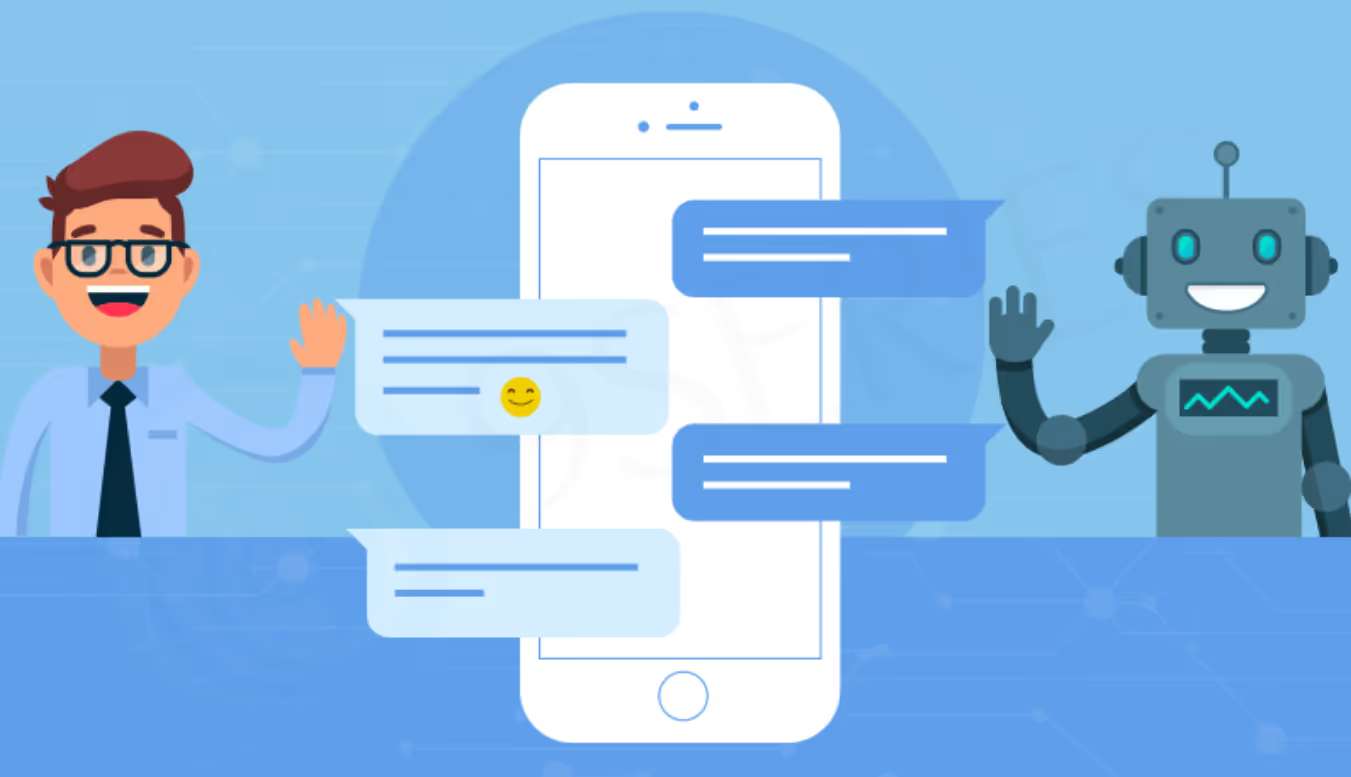What is an HR chatbot?
An HR chatbot is a virtual assistant that simulates human dialogue with candidates and employees in order to automate comprehensive functions like screening candidates, scheduling interviews, managing employee referrals, and more.
As a conversational interface, the HR chatbot uses artificial intelligence and machine learning to assist with fundamental HR activities. AI is used by HR chatbots to read and process conversational data and return appropriate responses to the sender.
What is the use of an HR chatbot?
The use cases of chatbots in the HR department are extensive with respect to the different areas and functions of human resources. Powered by Al, an HR chatbot can automate tasks and workflows in the following areas:
1. Recruitment & Onboarding
An HR chatbot helps in the recruitment process by filtering through an enormous stack of applications, performing preliminary screening, and shortlisting applicants based on pre-determined metrics.
Additionally, an HR chatbot allows companies to engage with all applicants, regardless of their status in the selection process, while also reducing and eliminating biases, tedious labour and unnecessary stages of the recruitment and employee onboarding processes.
2. Query Resolution
HR chatbots communicate and engage with employees experience across various channels and handle common and recurring queries related to the company’s policies and culture. An HR bot comprises a comprehensive database and acts as an employee handbook, detailing all of the company's HR practises.
HR bots also offer HR professionals transactional support to help employees manage payroll, absences, shift timings, among others. Employee calendars may be easily scheduled, updated, and tracked using HR boards.
3. Performance Management
The HR department uses an HR bot to make performance management smoother and more profitable. HR professionals may gather, aggregate, and analyse employee performance data to make yearly performance evaluations more fact-based, streamlined, and effective.
4. Employee Satisfaction
Conversations with chatbots offer natural and seamless interactions which may act as a strong tool in building employee satisfaction. Employee engagement and satisfaction, as a result of the HR bot, may be boosted by conducting employee surveys that reflect an employee’s sentiment and motivation.
Benefits of an HR chatbot
An HR chatbot is able to recognise an employee's intent and guide them through complex journeys, ensuring that their demands and requests are met in a faster, more convenient, and seamless manner.

1. Easy accessibility
HR chatbots combine data from several departments to provide employees with comprehensive, rapid, and relevant responses while reducing the need to compose explanatory emails and follow up texts to get answers to basic information and queries.
2. Hassle-free and time-saving
In addition to real-time, Al-driven HR chatbots save time and effort of looking over to improve employee profiles and records, each time they submit a query or request. These HR team bots act as a driving force for automating less valuable, repetitive processes, allowing more strategic work to be prioritised.
3. Instant and authentic feedback
Employees can get immediate feedback from upper management, and peers, on their presentations and reports. Furthermore, they might also receive anonymous feedback to ensure its nature- genuine or otherwise.
Also read: 20 questions you should be asking in 360-degree performance reviews
4. Accuracy and transparency in responses
HR chatbots offer data-backed, unbiased, and yet personalized information regarding perks, salaries, and company policies and culture. Hence, the data and responses from a chatbot tend to be highly accurate, transparent and error-free.
Conclusion
Aside from technology solutions, there are a variety of initiatives that can assist firms in fostering a positive culture. HR chatbots, on the other hand, can play a vital role in establishing company culture by facilitating more consistent, meaningful, and customized interactions. They alter and improve the way you communicate and engage with your employees, offering more than just solely being a replacement for human interactions or a method to increase automation.














































.avif)